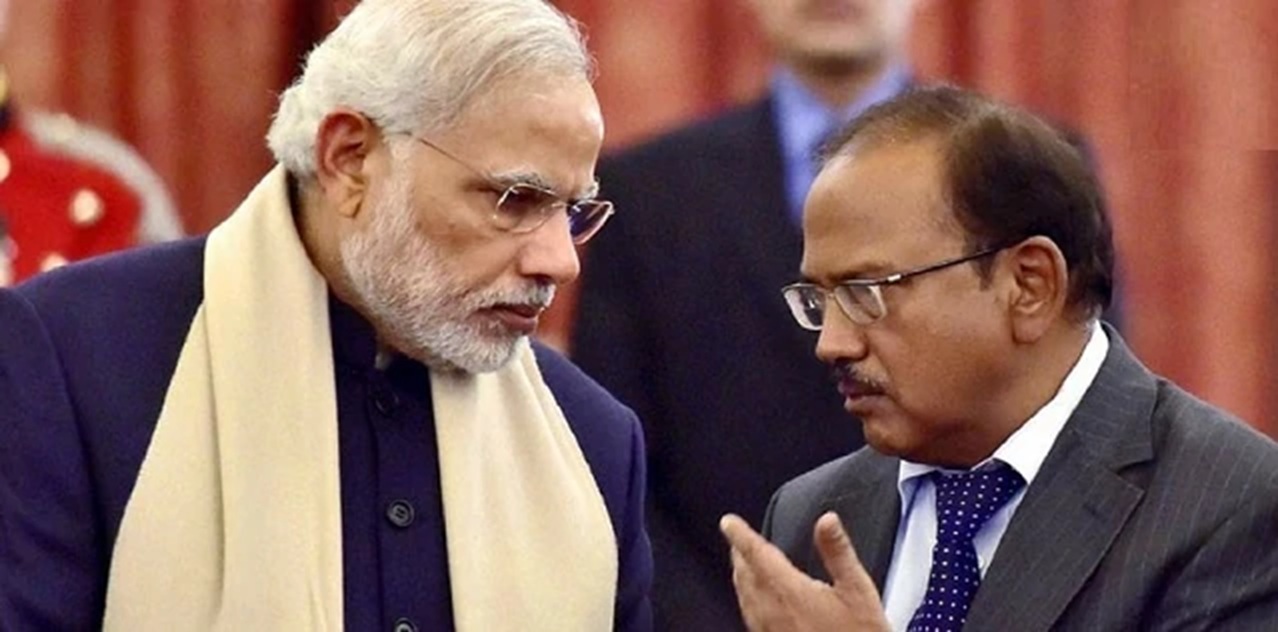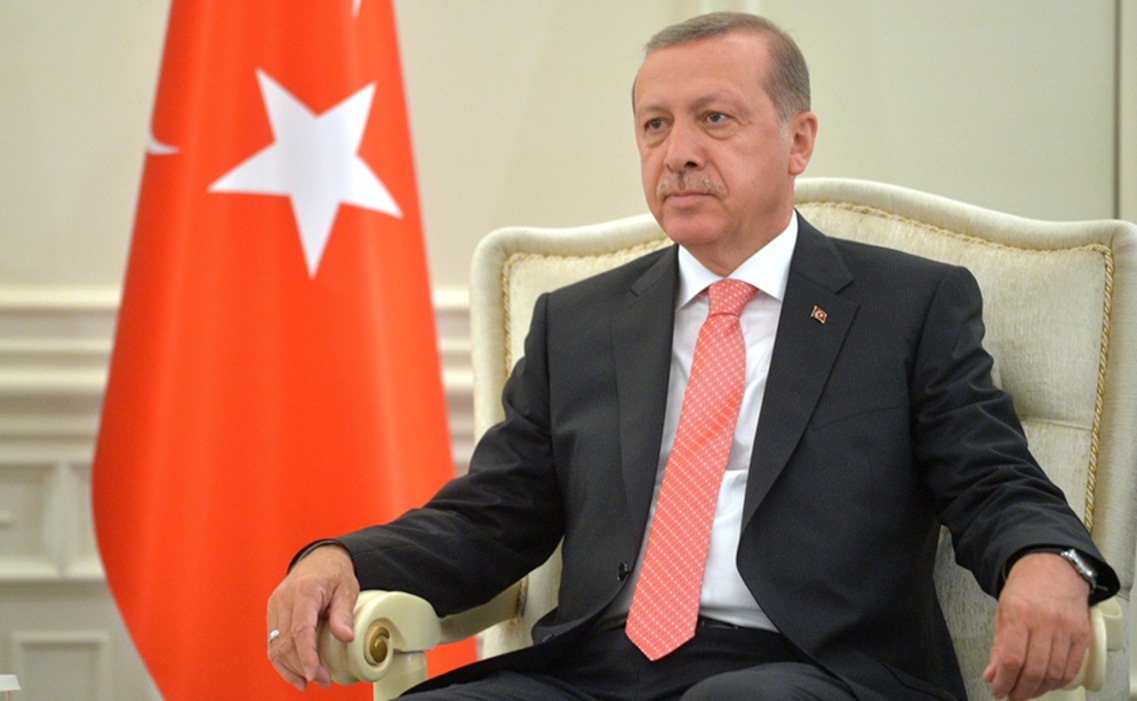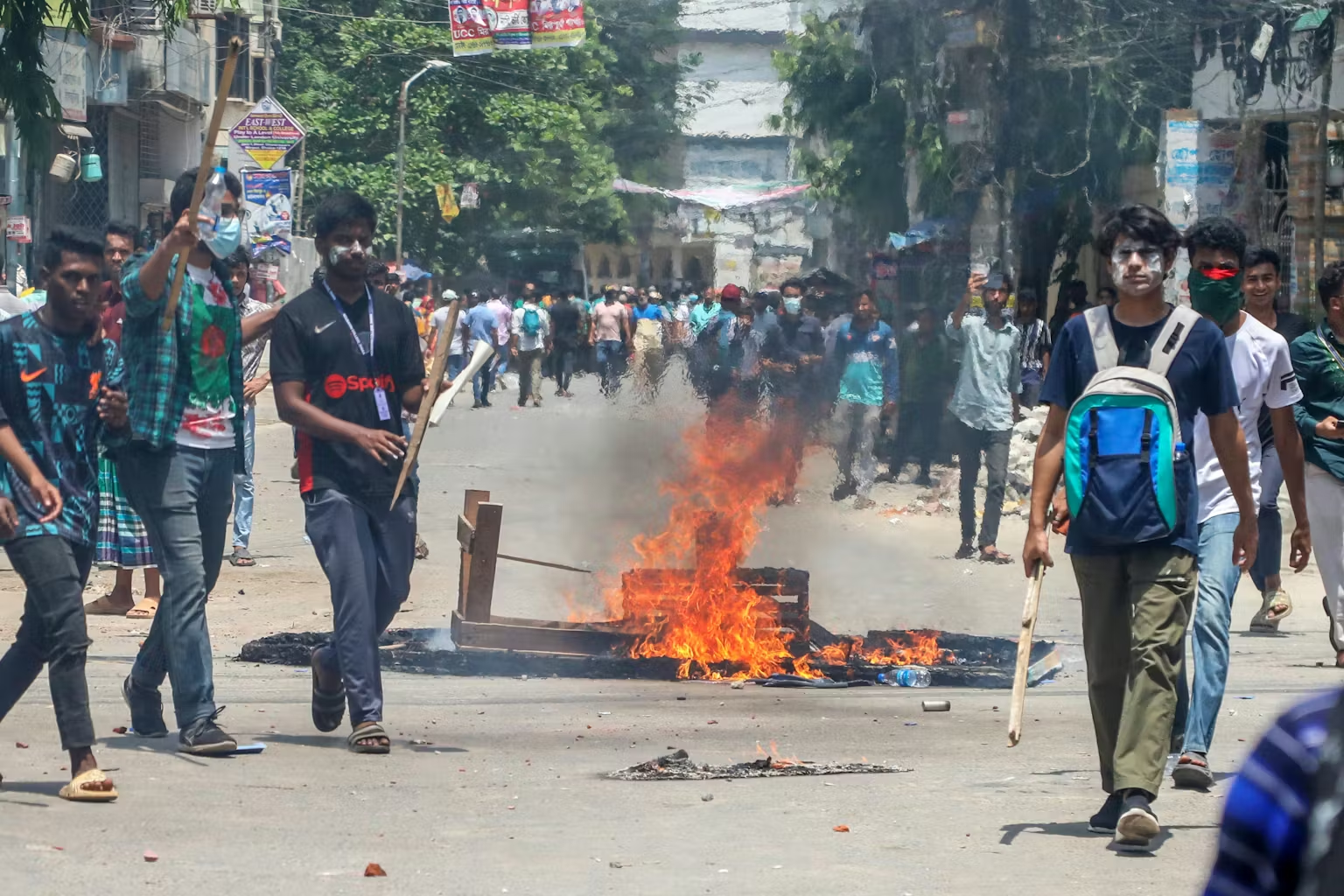National security requires a comprehensive view of various political, social, economic, technological and strategic aspects. Defence Planning implies not only safeguarding territorial boundaries but also building a cohesive and technologically efficient force for the future.
Introduction
The Indian defence forces realise that the country needs a strong planning structure following some unexpected tragedies. After one and a half decades of independence, India’s defence system established a functional programming structure that provides strategic guidance, resource allocation, and armed forces development within a specified time frame. It was something new to the nation’s defence architecture1.
The approach was the compulsion over the decades to achieve the security goal and objectives. During that phase, India’s Defence planning suffered several setbacks and ultimately collapsed due to various challenges, which are the basis of sound defence planning beyond defence plan coordination or economic factors2.
And the Indian defence planning process, Long Term Integrated Perspective Plan, is helpful as to prerequisite for dealing with the kind of threats that India faces. This identifies the shape and size of the armed forces over the designated period, ensuring strategic preparedness for evolving security challenges3.
The current India is counted among the less countries that have defined a new term is hybrid warfare/asymmetric and limited conflicts, involving combining conventional military tactics with unconventional methods like cyber warfare, disinformation and economic coercion to achieve strategic goals without resorting to full-scale war4.
What do I understand about the defence planning? Defence Planning is an overall programming phase that examines a number of alternative structures of the future defence forces and retains those which are worth further analysis or development for future growth and modernisation. Defence Planning is the central process of the security area that synchronises policies and strategies of defence to build capabilities, safeguard the national security objectives, and ensure readiness against internal and external threats that lead the overall structure to achieve its goals.
Defence planning is the strategic adaptation of the plan armaments, C3 Command, Control and Communication systems, logistics and coordination of civil-military relations.
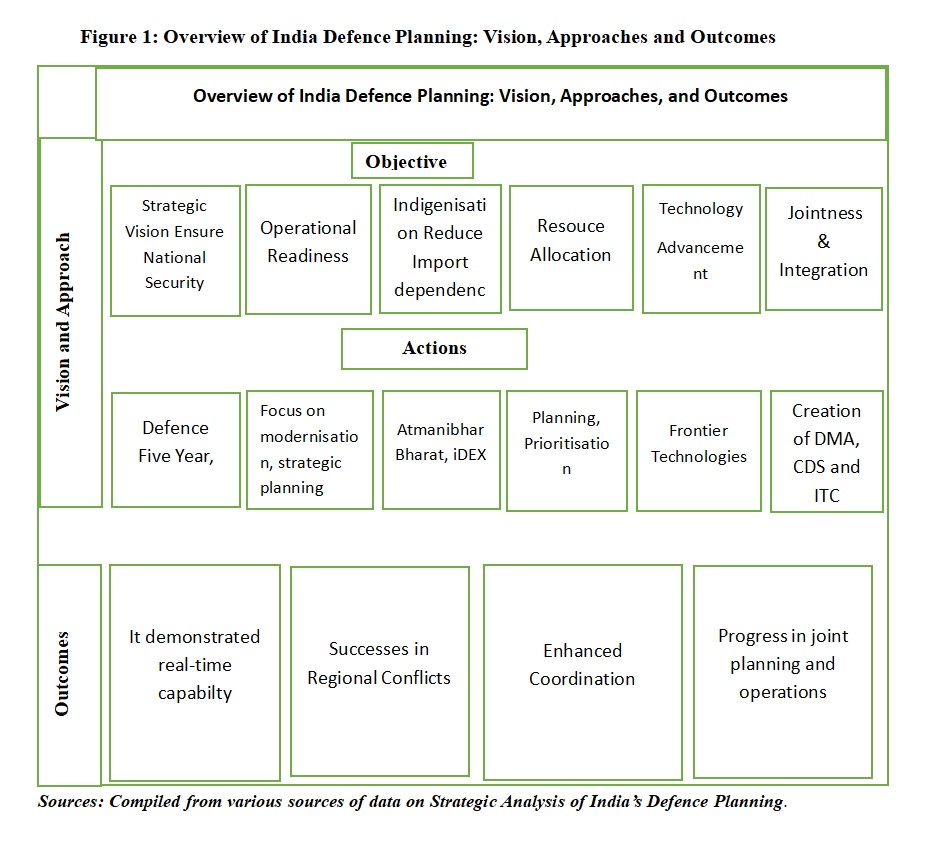
The success of Operation Sindoor is the outcome of strong defence planning and advanced defence modernisation. This achievement reflects a year of India’s advanced military modernisation, intelligence coordination and strategic planning that transformed India’s defence capabilities. Overall, the planning is good. We see if the country’s defence planning is well developed, how they fight the war, and whether they win the war with their strong planning structure
Historic Overview
British Colonial Legacy
The deep historical conceptual contingencies or the contemporary organisational interplay between military and politics, between the process and ideas, forms and roles of defence planning, emerge as important and relevant aspects of overall national security. During the British rule, the defence planning could be undertaken in a structured manner. The defence organisation evolved under the chief of staff of Lord Mountbatten, is Lord Ismay was expected to security requirements of the country. He has recommended dividing into three parts: the Cabinet Committee on Security (chaired by the Prime Minister), the Defence Minister’s Committee (chaired by the Defence Minister) & a Chief of Staff Committee (operated by Commander-in-Chief). The aim was, above all, to provide quick decision-making with minimum delays5. The Idea to India was positioned to evolve its system during the formative years of national building.
Post-Independence Reality Check
India’s first post-Independence Commander-in-Chief, General Lockhart, proposed a strategic defence plan for a Government directive on defence policy. The plan was refused by a politician, the reason being that India has no enemies externally, and the police were good enough to deal with all the situations6. Despite the warning shots of Jammu and Kashmir operations in 1948 and in 1962, Chinese aggression, we are unprepared7. The philosophy of nonviolence, the model that maintains harmony and the preservation of unity and integrity, was proved wrong. The realisation nation required an identification of potential threats and the capability to strong security structure after the conventional wars. In that situation, nations realise there is no place for weak nations8. After that government introduced the Defence Planning Cell with the MoD. And which undertook the task of formulating the Defence Force’s First Five-Year Plan, Defence Plan April 1964 to March 1969, on an expansion and modernisation programme. The Joint Intelligence Committee was established in the Cabinet Secretariat to provide all intelligence agencies of the government with threat assessments. Where the assurance of resources is found to be insufficient and unsatisfactory because of no forward movement in attaining self-sufficiency in weapons and equipment, unless a requirement plan. The Second Five-Year Defence Plan in 1969 – 1974 was the Roll on Plan, the time frame when a strategic need for the next five years the plan didn’t run its full course, as a new plan was introduced just the next year. The third plan, 1970-1975, was abandoned due to the 1971 Indo-Pak conflict and the financial constraints. And in 1974, the two events started in the same year, the first 4th plan 1974- 1979, the Apex group, headed by the Union Minister for planning, again suggested that steady long-term defence programmes should be more effectively overly. In 1977 Committee for Defence Planning under the Cabinet Secretary was set up within the three services and in the Department of Defence Production (DDP) and the Defence Research and Development Organisation (DRDO). The 5th plan, 1979-1984, was under the aegis of the Committee on Defence Planning. The plan was not run due to the change in security environment, the acquisition of modern weapons by India’s neighbours, and given that the defence plan is co-terminus with the national plan. The 6th plan, 1980 to 198,5, was the first plan to receive approval of the CCPA Cabinet Committee of Political Affairs, though the approval came nearly two years after the commencement of the plan. The 7th plan in 1985-1990 during the plan the Directorate General of Defence Planning Staff, comprising officers from the three Services, DRDO, MoD and the Ministry of External Affairs was constituted to coorinate and harmonise defence planning under the Chief of Staff Committee in 1986 And the 1990-1992 it was recast the for the periods of 1992-1997 is 8th Plan wand face n view of Gulf War, Adverse foreign exchange positon and Cruch of Resources The 9th plan 1997-2002 to have received the approval of Cabinet Committee of security. However, this committee could not function smoothly or meet the desired goals. The 2002-2007 plan was not approved due to disagreement over the size of the plan. In 2001 created HQ IDS was created under the chief of staff committee with regard to planning. HQ IDS is entrusted with the task of formulating a 15-year long-term integrated perspective plan, LTIPP. The continuity of process we see in the 11th plan 2007-2012, the plan under the aegis of the Defence Finance of the MoD9.
Challenges
Delayed Approval of Plans
In the last six decades, India’s defence formulated defence five-year plans, reasons the 7th to the 10th, be precise, also faced a similar fate. The most recent 11th 2007-2012 defence five-year plan, finalised by the MoD it is yet to be approved by the Ministry of Finance10. And the two LTIPPs do not inspire much confidence, not least because of the frequent disagreement with the MoF over the plan size and finalised of the plan within the time
Structure and Prioritisation Issues
The defence planning structure has undergone a number of changes before HQ IDS. Such a lack of clarity in resource allocation and force level development, and the general examination of proposals, is not clearly an ideal way to structure the defence planning11. Another highlight of the inefficiency and ineffectiveness in the decision-making procurement procedure is slow Delays in acquiring essential military equipment and technology, and Poor coordination between different service branches and civilian administration. In that time frame, MoF is partly responsible for the delays in finalising the Plan and also another the content of the plan12. All over, the clear guidelines from higher authorities.
Budget Allocation System
The major lacunae are failure to commit funds, delays in finalised of the plan by the MoD and the Ministry of Finance are largely due to weakness in the existing financial system and how the five-year plans are prepared. The existing financial system of MoF is bound to allocate resources annually, which does not commit an assured flow of resources to defence on a long-term basis. Defence Planning difficulties in committing to multi-year defence projects, face the inability to carry forward unspent allocations, leading to budget lapses, and hinder long-term strategic planning due to annual budget cycles13.
Dependence on Imports
The absence of these plans is evident from low self-reliance. Limited indigenous defence manufacturing capabilities, Technology transfer agreements that often fell short of expectations, Growing dependence on foreign suppliers for critical defence systems, Lack of a comprehensive strategy for defence self-reliance14. In other words, we say the Indian defence is not focused on domestic/house development.
National Security and Long-Term Integrated Perspective Plan (LTIPP)
The concept of National Security mainly focuses on national objectives, national power and national interest. In the context of India’s national security highlights the threat challenges, such as terrorism, particularly in border areas and other outside pressures, are brought to bear on the country’s economy and technological advancement15.
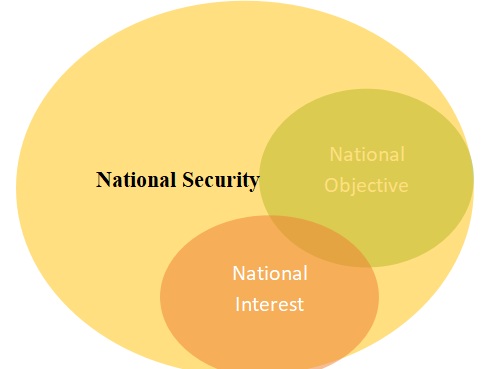
Although the National Security and the long-term plan are in a way directing the defence establishments to muster their capability to achieve those objectives. The LTIPP, which covers 15 years, is further split into three five-year Service Capital Acquisition Plans (SCAP), also known as five-year Defence Plans, which indicate the list of equipment to be acquired by the Services, keeping in view Operational requirements and availability of funds. These are further divided into two yearly roll-on Annual Acquisition Plans (AAP), which are formulated in consultation with Service Headquarters. While the LTIPP and SCAP are approved by the Defence Acquisition Council (DAC), chaired by the RM, the AAP, which is a subset of the SCAP, is approved by the Defence Procurement Board (DPB), chaired by the Defence Secretary16.
Definitive Plan (0-5): Tied closely to the Defence Procurement Process (DPP) and budget
Approved equipment and infrastructure projects based on requirements.
Indicative Plan (5-10): Based on projected threats and possible technological advancements
Vision Plan (10-15): Envisions strategic capabilities aligned with India’s rising global role
The existence of a highly fluid strategic environment results in continuous shifts and changing profiles of threat and power equations. To ensure judicious allocation of resources and cost-effective utilisation
Lead time required to raise and prepare defence units, to produce or acquire and introduce new weapons and equipment systems.
The changing nature of conflict and reduced reaction time.
Coordination problems between defence, economic, science and technology, infrastructure and industrial activities, as well as among the Defence Forces17.
Recommendation
A strong planning system shows a nation’s achievements, and a weak planning structure highlights its failures and greatly handicaps it. The government must commit itself to supporting current defence plans, or else defence modernisation will continue to lag and present a qualitative military gap. The need for credible intelligence, technology capabilities, department coordination, large funding, balanced force structure, and expeditious procurement of equipment and training. India’s defence sector is undergoing a strategic transformation, fuelled by policy reforms, technological ambition, and the Atmanirbhar Bharat push. With rising private sector participation, growing exports, and a focus on advanced technologies, the industry is fast becoming a key driver of national security, innovation, and global competitiveness.
Disclaimer: The views and opinions expressed by the author do not necessarily reflect the views of the Government of India and Defence Research and Studies
Title image courtesy: Jagran Josh

References
- Mahara K. Chopra, “India”, Military Review Binders, I969, pp.3-13.
- Laxman Kumar Behera, “Defence Planning in India”, Journal of Defence Studies, Vol 4. Issue no. 3, July 2010, pp.126-135
- Amiya Kumar Ghosh, Core Concerns In Indian Defence and Imperatives for Reforms, Institute for Defence Studies & Analyses, 2015, pp. 74-100
- Laxman Kumar Behera, India Defence Economy, Routledge India, London 29 October 2020, pp.2 .
- Narender Kumar, Defence Reforms, Institute for Defence Studies & Analyses,2018, pp.75 NEW DELHI.
- ibid
- V.K. Srivastava, On Defence Planning in India, Strategic Analysis, 2008, pp.617-622
- Narender Kumar, Defence Reforms, Institute for Defence Studies & Analyses,2018, pp.75
- Laxman Kumar Behera, India Defence Economy, Routledge India, London, 29 October 2020, pp.2
- Laxman Kumar Behera, “Defence Planning in India”, Journal of Defence Studies, Vol 4. Issue no. 3, July 2010, pp.126-135
- ibid
- Laxman Kumar Behera, India Defence Economy, Routledge India, London, 29 October 2020, pp.2
- ibid
- Laxman Kumar Behera, “Defence Planning in India”, Journal of Defence Studies, Vol 4. Issue no. 3, July 2010, pp.126-135
- GENERAL V. P. MALIK, BRIGADIER GURMEET KANWAL, Defence Planning in India, ORF, pp 1-16
- Integrated Defence Staff, Acquisition
- GENERAL V. P. MALIK, BRIGADIER GURMEET KANWAL, Defence Planning in India, ORF, pp 1-16

